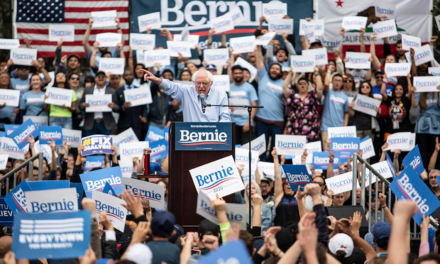
Women’s Soccer and the Equal Pay Debate

Reno Gazette Journal July 21, 2019
As the United States women’s soccer team won the World Cup and was getting ready to receive the medals, chants of equal pay were heard from many in attendance. Similar chants were also heard at the New York City Hall during the celebration honoring the team. Senator Joe Manchin introduced a bill that would enforce equal pay for women’s teams. Is there an issue with pay inequity in sports in general, and is there inequity in pay for women’s soccer in particular?
Soccer’s international governing body awarded $30 million in prize money for the women’s World Cup this year. In contrast, the men were awarded $400 million for their World Cup last year. Just based on the headline number, one may conclude that there is significant disparity, but the details behind the numbers paint a completely different picture.
Why are male soccer players paid significantly higher than female soccer players? It starts with viewership. More viewers mean higher priced advertising, higher revenues and profits. Over 3.572 billion people watched the 2018 men’s World Cup. The final match alone was watched by 1.12 billion people. In contrast, for the recently concluded women’s World Cup, the total viewership was 22.2 million, just before the final. The final had a total viewership of 14.27 million, down by 44% from the previous final. Suffice it to say, men’s soccer audience well over 100 times as big as the women’s audience.
The ratio is further exaggerated in advertising revenues. While numbers for the current cycle are not complete, for the 2014 men’s World Cup, ESPN took in $529 million in advertising revenues while Fox took in $17 million for the 2015 women’s World Cup. The men’s advertising revenues were 31 times as much as the women’s revenues.
Let’s take a look at the prize money as a percentage of the revenue. In 2011, the women’s World Cup brought in $73 million and received prize money of $10 million, or 13%. In contrast, the 2010 men’s World Cup brought in $4 billion and received prize money of $348 million, or 9%. In 2018, men brought in $6 billion and received $400 million in prize money, or 6.7%. In contrast, women’s revenues for the entire 2019-2022 four-year cycle is projected at $131 million and the prize money was $30 million, a full 23%, which is over 3 times that of the men.
As you can see, by virtually every business measure, women are getting compensated better than men. Yet, you hear this constant drumbeat of gender disparity. This drumbeat has everything to do with jockeying for position and trying to gain a bigger advantage than it has to do with equality. If the women feel that they are getting the short end of the stick, why not form their own federation? I will give it two years before such a federation goes bankrupt.
One final point: As President Obama famously said in 2012, “this is a math problem”. Liberal politicians and the liberal media elite see racists in every street corner, a homophobe in every shadow, a misogynist in every man, and a Nazi in every person who disagrees with them. This country would be better served if politicians and the media act responsibly by looking at the data instead of assigning everything they don’t like to some type of systemic bias. Arguments claiming inequality, gender wage gap and other forms of biases collapse under the weight of data, if only they take the time to look.
Author’s note: The online version has several links to the data.

































Recent Comments